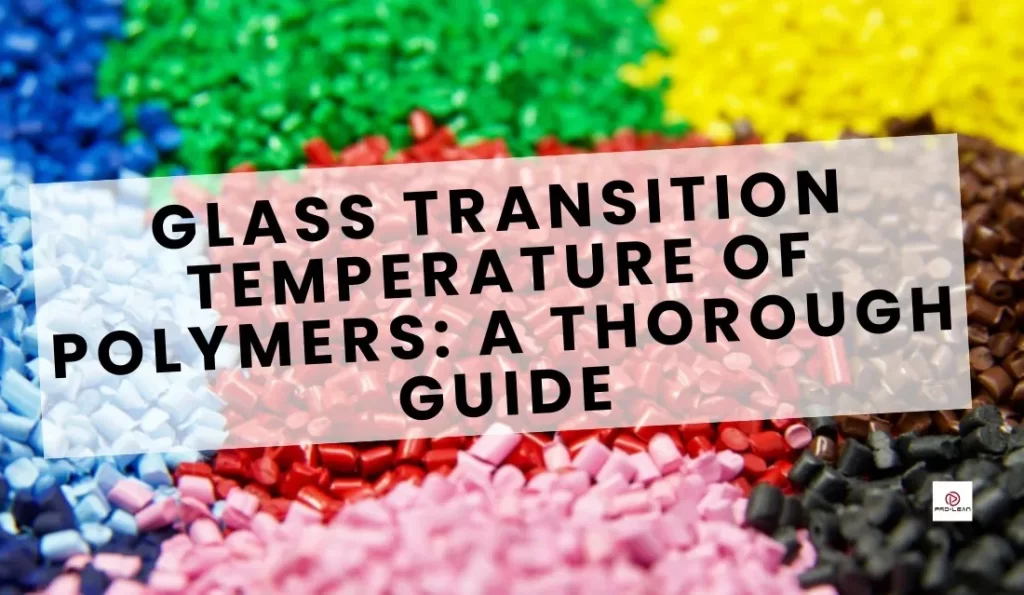
Glass transition temperature of polymers
A plastic injection molding design may consider everything, but it still falls short if it overlooks the glass transition temperature of polymers. In choosing the material for plastic parts, this special transition temperature, also called GT, is a critical factor.
It is the temperature below which a polymer hardens and above which it softens. As this point marks a change in these materials’ physical and mechanical properties, it is of utmost importance to every polymer production stakeholder.
ProleanTech knows and appreciates this science and uses it as a guide when choosing materials for plastic injection molding. This post shares insights that inform our plastic injection molding approaches.
Let’s review the definition of glass transition temperature and its influence on different injection molding practices.
What Is The Glass Transition Temperature Of Polymers And Does It Matter In Design?
The glass transition temperature is one of the critical thermal points for polymers based on temperature changes. The transitions are characterized by changes in physical, mechanical, and specific volume properties of the material.
The graph below shows how the temperature changes with specific volume of the material.
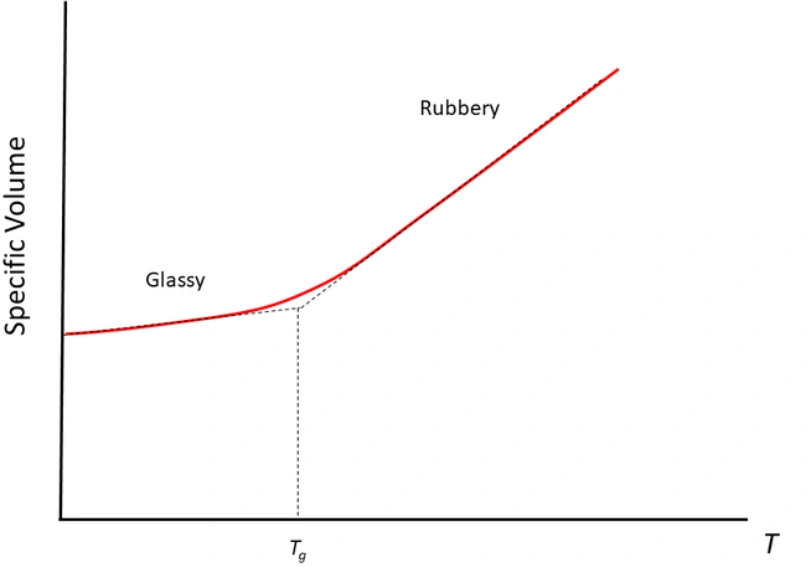
Glass transition temperature vs specific volume
At the glass liquid transition temperature, the polymer becomes soft and rubbery from its hard, glassy nature. This transformation is accompanied by an abrupt reduction in mechanical stiffness.
The effect of Tg on polymer design and performance is immense. It affects various aspects of the process and product, including mechanical properties, physical properties, and mold design parameters.
We will look at these factors in more detail later.
First, What Is A Polymer?
It is essential to understand what a polymer is to clarify the relevance of this thermal transition. These items are common in many industries, including automotive and construction. Consider a car’s polycarbonate sunroof. The glass transition polycarbonate factor is essential for the manufacturer.

A polycarbonate sunroof of a car
A polymer is a material that can deform and stretch when loaded, but regain its original state when the load is removed. Polymers are manufactured from a combination of monomers in a process called polymerization.
There are different ways to categorize polymers, including based on:
- Source or occurrence
- Monomer chain structure
- Molecular forces
These and other classifications give polymers such as organic, inorganic, and high-temperature polymers.
Try Prolean Now!
What Is The Difference Between Glass Transition and Melting Temperature?
Glass transition and melting are two distinct material processes.
The melting temperature is where a phase transition for a polymer occurs. For the case of polymers, it is the temperature at which the material changes phase from crystalline or semi-crystalline to solid amorphous.
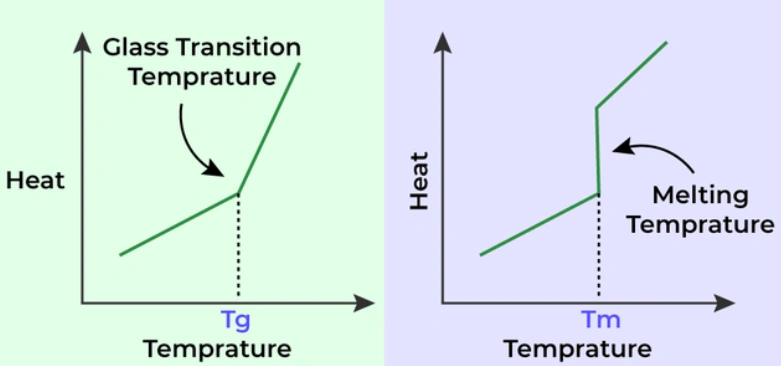
Melting vs glass transition
Despite this difference, both temperatures matter in polymer thermal transition properties. They help us determine the working range of the different polymers we use in product design and manufacture.
Below is a plastic melting temperature chart that captures the relationship between Tm and Tg more clearly.
| Polymer | Tg (°C) | Tm (°C) |
| PET | 70 – 80 | 250 – 260 |
| LDPE | Less than -100 | 100-110 |
| PVC | 80-84 | – |
| PP | -30 to -20 | 160-165 |
| PS | 90-105 | – |
| HDPE | Less than -100 | 125-135 |
| ABS | -63 to 127 | – |
| PC | 145 | – |
| PMMA | 100 – 115 | – |
| PA66 | 70-90 | 225 -265 |
| PA610 | 50-80 | 210 – 230 |
| PBT | 45-60 | 220 – 230 |
The Main Factors Affecting The Glass Transition Temperature Of Polymers
While many polymers are beyond the glass transition temperature under normal room conditions, this thermal point is typically different for every polymer. That’s because several factors are involved.
As we seek to develop a strong partnership for molding projects, we want clients to understand why we make certain design decisions. For instance, the factors highlighted below explain why we prefer certain resins.
The main factors for the temperature (Tg) are;
Moisture Content
An increase in moisture content enhances the formation of polymeric chain-based hydrogen bonds. Consequently, the distance between the chains increases and prompts a reduction in gas transition temperature.
Entropy Level
Amorphous materials have higher entropy values while crystalline materials have lower values. Therefore, the gas transition temperature is high if the entropy level is high.
Pressure And Free Volume
A pressure increase in the surrounding leads to a higher gas transition temperature of polymers. It is associated with a lower free volume.
The Chemical Structure
The chemical structure entails the chemical cross-linking, molecular structure, molecular weight, and polar groups.
Each of these has an effect on the glass transition temperature of polymers. For instance, the chemical cross-linking is inversely proportional to the glass transition temperature. This is because cross-linking impedes mobility, consequently increasing Tg.
The Polymer Types And Their Glass Transition Temperature
As mentioned, each polymer has a different glass liquid transition temperature. In most instances, the melt temperature of polymers (Tm) is also higher than the room temperature. Rubbers are unique polymers because they are below the melting point at room temperature.
The polymers that undergo the Tg are categorized as amorphous, crystalline, and semi-crystalline.
Amorphous Polymers – Low Tg
The molecular structure of these polymers is random. Due to spaces in the polymeric chains, these materials have a relatively low Tg. While their melting point is not well-defined, an increase in temperature softens them, as seen in the glass transition temp.
Popular examples of amorphous polymers are Acrylonitrile Butadiene Styrene (ABS), Poly(methyl methacrylate) (PMMA), Polyvinyl chloride (PVC), and General purpose polystyrene (GPPS).
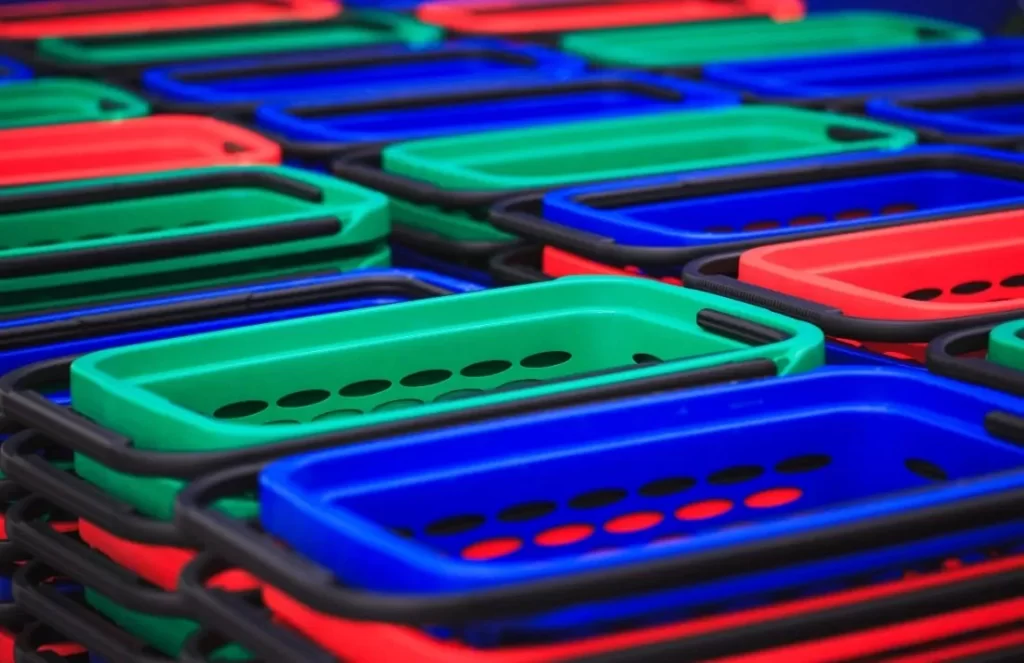
ABS plastic products
Crystalline Polymers For High Performance
These are characterized by a well-organized molecular structure. With a narrow melting point (Tm), these polymers do not soften on heating. Examples include Polyoxymethylene (POM), Polyether ether ketone (PEEK), and Polyethylene terephthalate (PET).
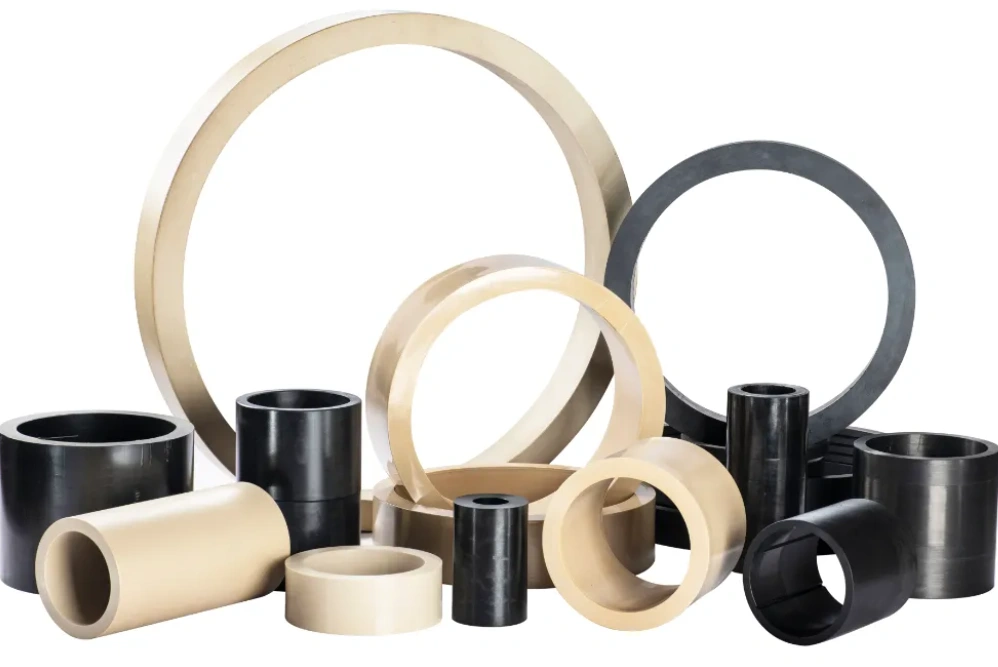
PEEK products
Semi-crystalline Polymers With Higher Tg
The molecular structure for semi-crystalline polymers is both ordered and random. Thanks to the ordered structures, the movement of polymer chains is restrained. That’s why semi-crystalline polymers have a higher Tg.
Examples are in the melt temperature of polypropylene, acetal, and nylon. The nylon glass transition temperature is around 50°C.

A nylon product
The table below shows examples of polymers with their melting points and glass transition temperatures.
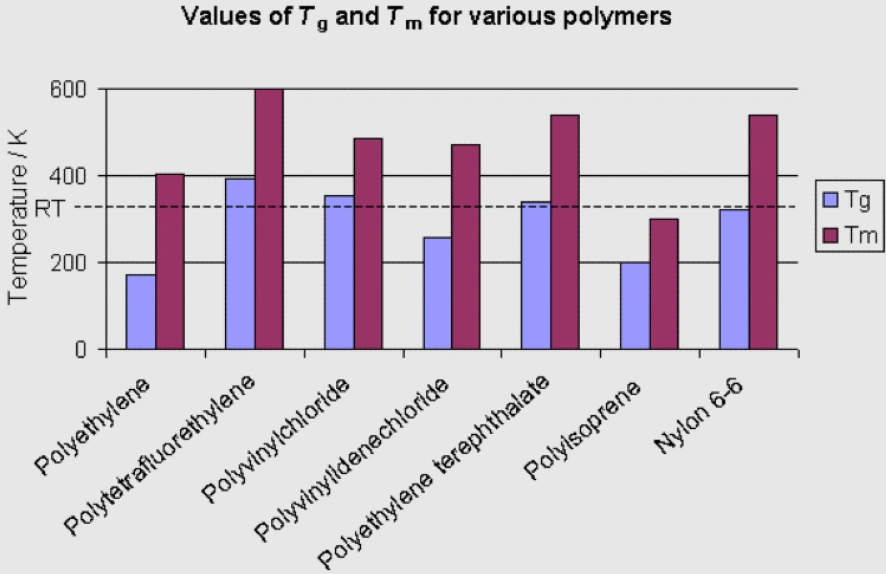
A graph of Tm and Tg for some polymers
From this list of seven polymers, polytetrafluoroethylene (PTFE) has the highest glass transition temperature. A quick look at the properties shows that the material has a low coefficient of friction, is nonreactive, and makes excellent insulation.
A popular fluoropolymer, Teflon, contains a significant amount of polytetrafluoroethylene. Therefore, determining the Teflon glass transition temperature is critical.
The Tg for polyethylene is much lower, as is its melting point, which is slightly higher than the room temperature. This material, particularly the high-density (HDPE) version, is popular for chemical resistance, ease of processing, and flexibility.
These two examples demonstrate that the Tg for polymers can differ, and so can the properties. We will examine the essence of determining this transition temperature in more detail below.
Try Prolean Now!
Reasons To Determine the Glass Transition Temperature For Polymers
Polymers are processed differently to be applicable in various industries. One of the popular methods is injection molding. There are more details about the process in a Comprehensive Guide To Low Volume Injection Molding we prepared.
In injection molding, the glass transition temperature of polymers can affect critical elements such as mechanical properties, physical properties, and applicable materials.
Partner with us at ProleanTech because we are well-versed in Tg for polymers and other design requirements. We have deep knowledge of how polymers react to different conditions.
Having dealt with 100+ different materials, we can advise on the best polymer to use for injection molding based on the processing conditions and planned use for the parts.
We also use different manufacturing technologies, including compression molding and injection molding. Read this guide for the distinction between the two: Compression Molding vs Injection Molding: Which is Best for You?
Here’s why knowledge of glass transition temperatures matters:
Effect On Mechanical Properties
Like for any other material, polymers have mechanical properties. These properties can be affected by the glass transition temperature. Important properties that define the effectiveness of polymers include strength, ultimate elongation, and toughness.

Brittle failure of a part
The effect of Tg on these properties is worth considering. For instance, polymers deform easily and are easy to process above the Tg. However, they are rigid/incapable of flexing below the Tg.
Effect On Physical Properties
The prominent physical properties of polymers include crystallinity, molecular weight, density, and polymerization level. The glass liquid transition temperature of the material can have an effect on such properties.
A plastic part can have varying electrical conductivity, thermal expansion, and other physical capabilities based on the Tg value.
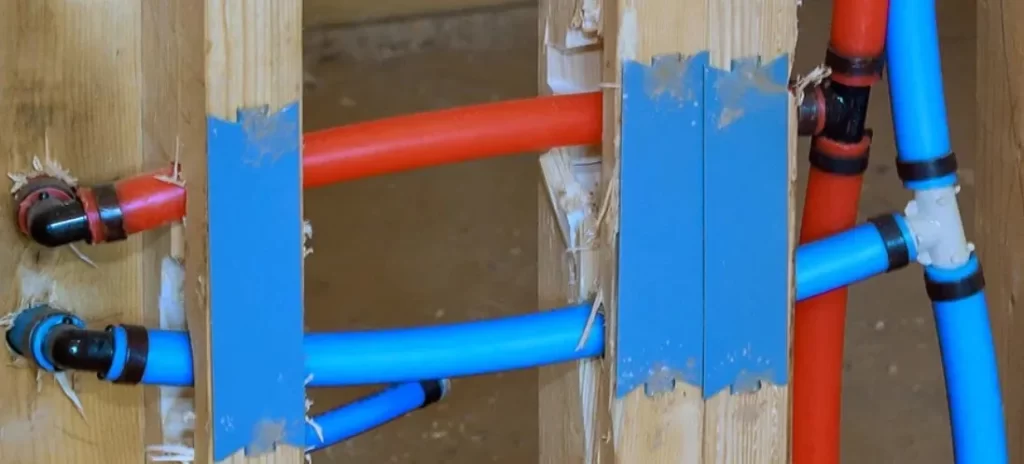
Thermal expansion in the plastic part
Determining The Processing Temperatures
We need to know the glass transition temperature of a polymer during the molding process because it enables us to ensure the material flows smoothly to fill the space in the mold. That way, we can manufacture molded parts of the highest tolerances and superior surface finishes.
This also helps in determining the specific type of injection molding use, for instance, the one covered in this guide: Foam Injection Molding: Types, Process, and Applications.
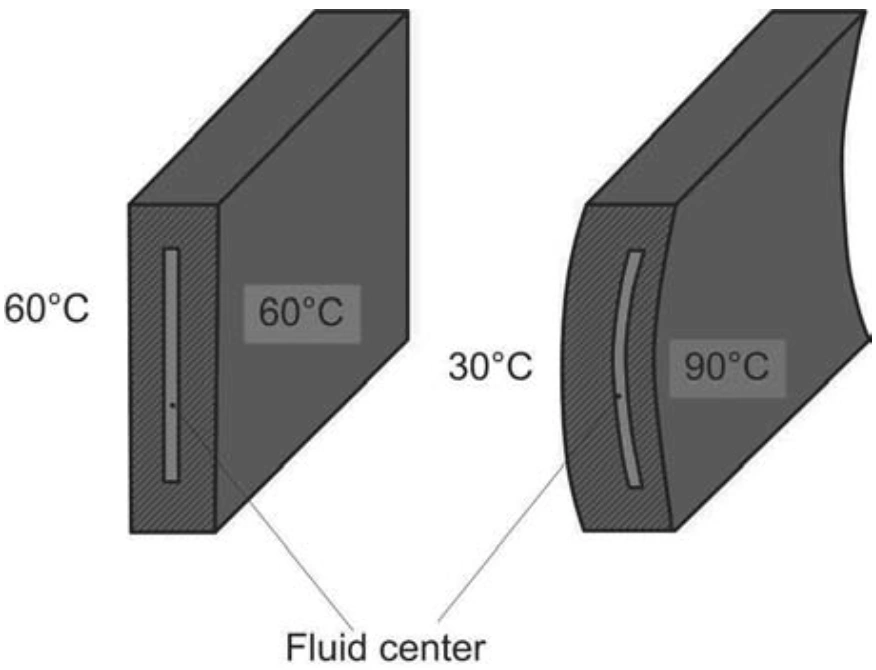
Effect of processing temperature
Helps In Material Selection
Knowing how a polymer responds to different temperatures is critical in material selection. A perfect balance between functionality and not exceeding the Tg is necessary for ideal performance of the plastic injection molded parts.
Conclusion
As a dealer or user of plastic parts, it is important to understand the intricacies that lead to the manufacture of various items. It helps you identify the best manufacturers and ensure good results when involved in manufacturing projects.
ProleanTech, a popular provider of custom injection molding services for plastic prototypes and rapid production parts in China and overseas, makes the work extremely easy for you.
After you upload your design, you will receive feedback and a quote immediately. The quality of our molding personnel and machines is second to none, and the results are evident in the tight tolerances of our parts.
Dont hesitate to contact us now for more details.
FAQs
What Is The Meaning Of TG?
Tg refers to the glass transition temperature, at which a polymer changes from a glassy to a rubbery state.
What Is The Glass Transition Temperature Of Thermosetting Polymers?
Thermosetting polymers have varying Tg, but the temperatures are typically high.
What Is The Difference Between TG and Tm Polymers?
The difference between Tg and Tm for polymers is that Tg refers to the temperature at which a polymer transitions to a rubbery state. At the same time, Tm is the melting point, which indicates a crystalline polymer’s change to liquid form.
What Is The Glass Transition Temperature Of A PDMS Polymer?
The glass transition temperature of a PDMS polymer is well below the standard temperature.
What Is The Glass Transition Temperature Of Silicone Polymer?
The glass transition temperature of a silicone polymer is also lower than the room temperature, specifically in the negatives.
What Is The Glass Transition Temperature Of Polyester Fiber?
The glass transition temperature of polyester fiber is above standard room temperature.
What Does A Higher Tg Mean?
A higher Tg means higher temperatures make the polymer rigid, hence thermally resistant.

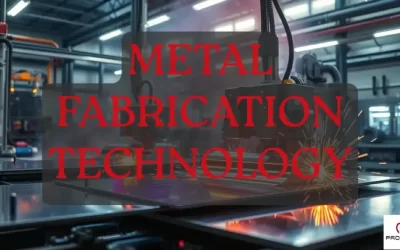
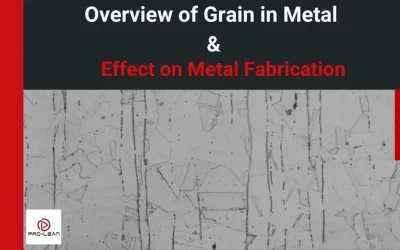
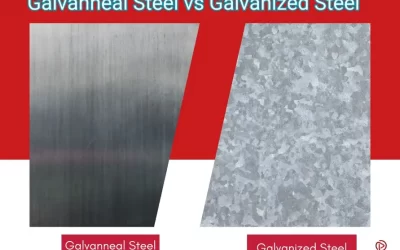
0 Comments